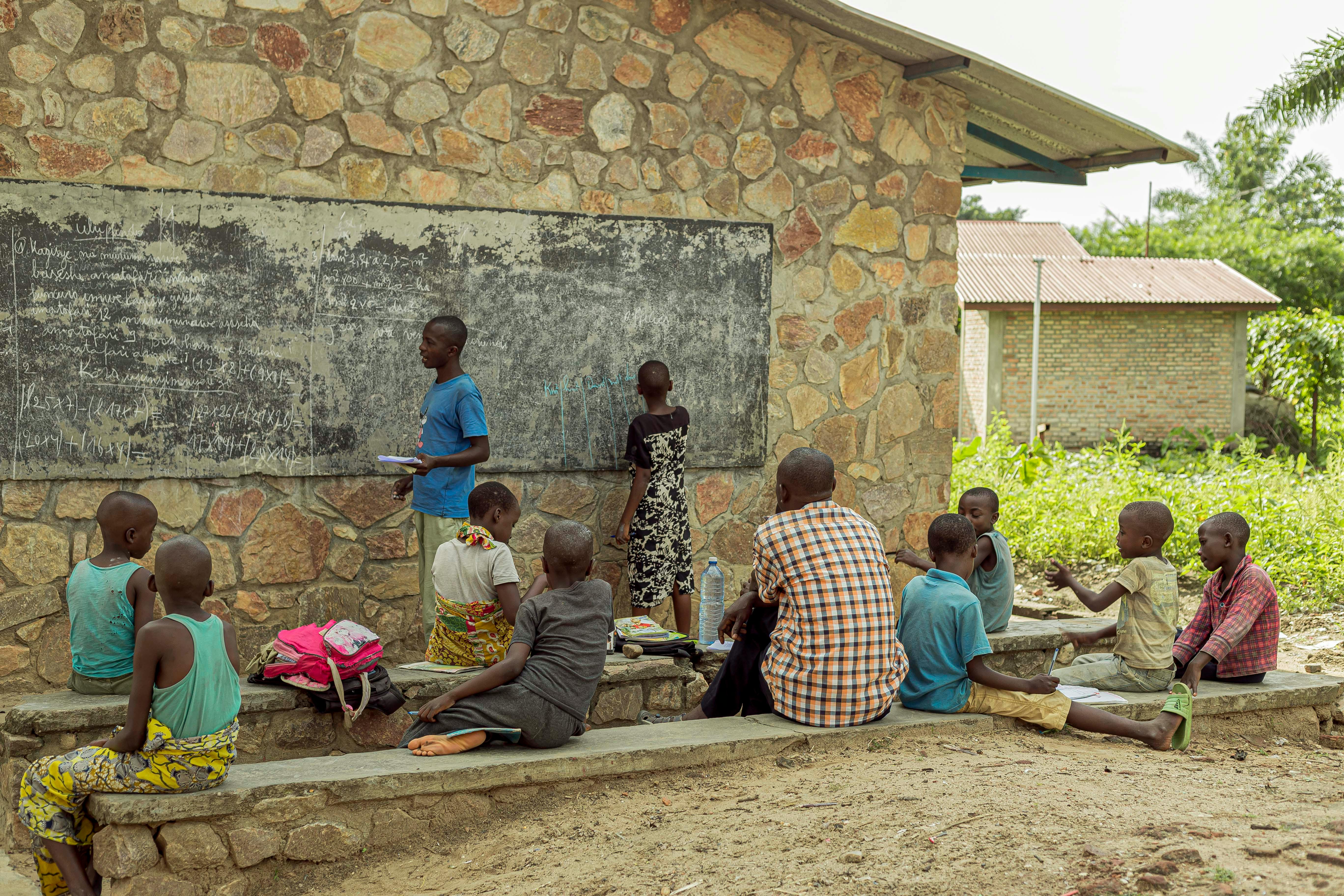
Before the COVID-19 pandemic, children with disabilities, particularly girls, were less likely to be learning even if they were in school. Since 2020, school closures have led to a greater learning crisis, creating increased exclusion, marginalisation and poverty for children with disabilities and a growing digital divide.
Through our education work, we’ve shown that change is possible: when education systems are inclusive, children with disabilities can not only access school, but can learn alongside their peers and thrive.
Together with our partners, we test and share ways to ensure inclusive education is embedded in education systems, and we call on governments and those involved in global education to include them in policy. Read our education strategy
Watch our video below to see how our Tusambilile Chapamo ‘Let’s Learn Together’ project supports children with disabilities in Zambia from early years through to primary, secondary and tertiary education.
We work with schools, communities, governments and organisations of people with disabilities to ensure children with all types of disability, and particularly girls with disabilities, are able to learn alongside their peers in pre-school, through to primary and secondary school.
We make schools more inclusive for children with disabilities by ensuring lessons are stimulating and classrooms are as accessible as possible, and we make sure they have the necessary equipment, receive specialist support and can learn with their peers.
We promote inclusive education throughout communities: we encourage parents to play an active part: ‘mothers’ clubs’ have been set up in Sierra Leone to make school uniforms for students with disabilities, and community members in Malawi help young children to travel to pre-school using adapted bicycles.
Check out related post to the one above